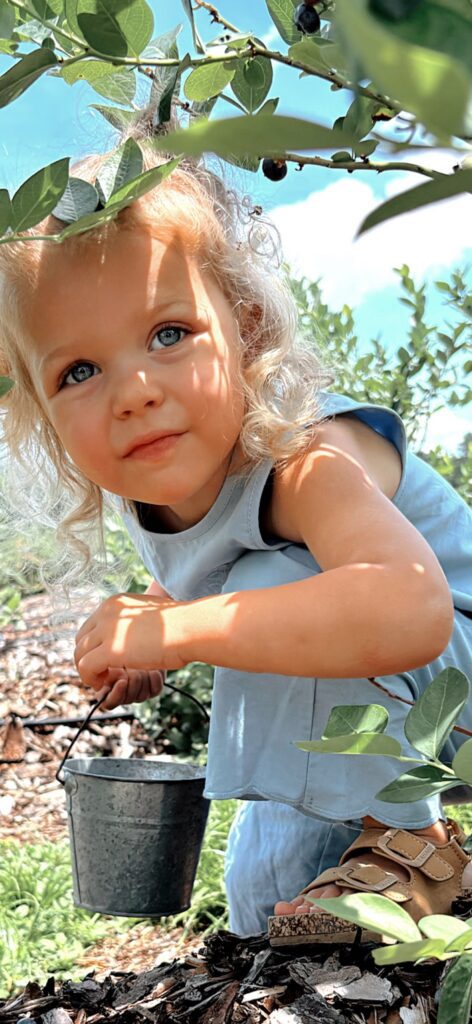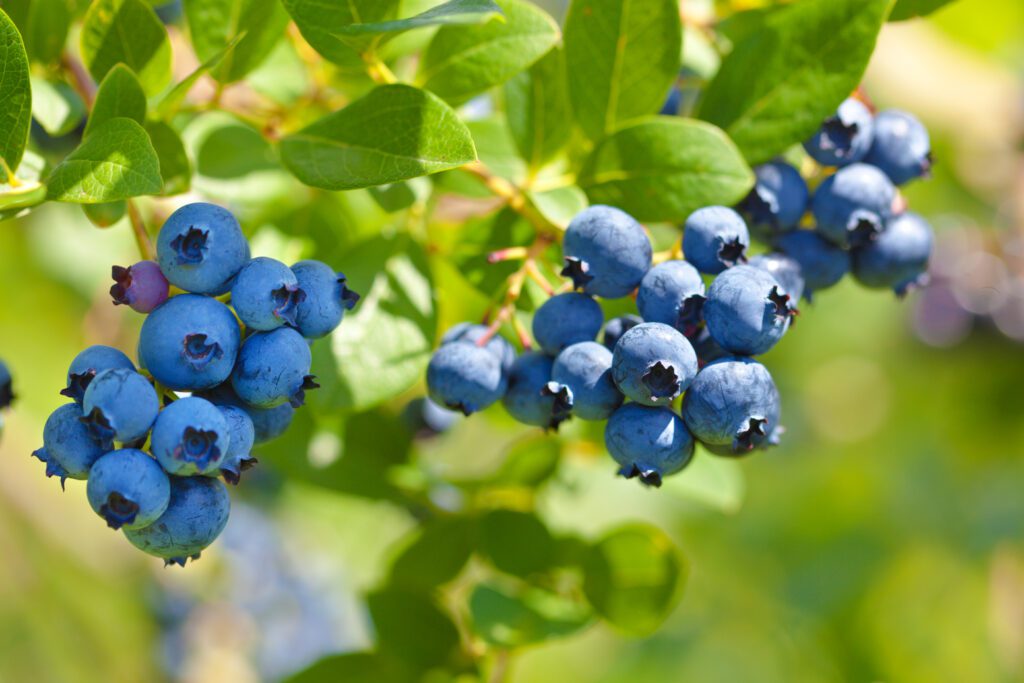Growers Report Steady Market Prices, Strong Production
by RYAN MILEJCZAK
While the 2025 Florida blueberry season wasn’t without its struggles, Florida growers report a strong year.
“South Florida seems to have been a bit lower on production, but everyone had a pretty good year,” says Wild Goose Farms’ Cameron Allison, a second-generation blueberry grower with a 200-acre farm and packinghouse in Umatilla. “Overall, we had good production and pricing this year.”
Kyle Straughn, one of the owners of Straughn Farms in North Central Florida and a third-generation grower, agrees.
“We haven’t seen all the numbers just yet, but overall, it ended up being a good year”

In the 2024 season, Florida saw a particularly chilly winter that delayed yields but brought in high-quality fruit. After another winter that even saw the extraordinarily rare phenomenon of Florida snow in parts of the state, this year was a similar story.
“Most Florida blueberry growers were two to three weeks late this season due to colder winter temperatures,” explains Doug Phillips, UF/IFAS’s Blueberry Extension Coordinator. “Several growers in South Florida reported lower yields, which they attributed to damage from Hurricane Milton.”
Growers also faced an especially severe April price drop in 2024. While price drops in April are normal as fruit from other states and Mexico begins to hit the shelves, the impact in 2024 was particularly challenging for growers. This year, however, that wasn’t the case.
“One of the big positives this season was that market prices for blueberries stayed stable for longer than normal,” Phillips explains.
Straughn echoes this sentiment.
“We were concerned early on because the crop was later than it had been historically, and the worry was that if prices dropped as they have in late April as they have in the past, it could have been big trouble,” recalls Straughn. “But as it was, Georgia had a late crop as well and prices held up, so we were able to have a great year.”
In fact, the past two years have been record breakers for Straughn Farms, with the best volume they’ve ever had; in 2025, they packed more than 5 million pounds of blueberries.
Weather Woes
The 2025 season wasn’t without its challenges. At the outset of the season, many growers were concerned with how the weather might affect this year’s crop.
“Most years we go between cold fronts and warm weather, but this year we had sustained cold, and that led to the plants staying a little dormant and fruit not ripening,” Allison says. “Thankfully, the weather started to heat up mid-March or so, and the season really got started.”
This season’s particularly dry weather was also a struggle for some growers.
“This was a pretty dry year comparatively,” says Straughn. “We had to run a lot more water this year.”
Turning to Machine Harvesting
Florida farmers again faced a familiar struggle with labor costs, as they have for the past several years.
“Labor is always a challenge no matter who you ask,” Allison says.
In response to these labor pressures, many growers are turning to machine harvesting.
“We’re dialed in on machine harvesting and pretty much every variety we plant can be machine harvested,” Straughn explains.
To help with machine harvesting, many growers are turning to blueberry cultivars suited for this method, which are varieties bred by UF/IFAS.
“Most of the commercial blueberry farms in Florida are growing varieties from the UF/IFAS Blueberry Breeding Program, including newer varieties such as Sentinel, Optimus, Falcon, and 19–006,” Phillips explains.
Looking to the future, many growers plan to ramp up machine harvesting through planting of new varieties and investments in equipment.
“We’re spending much of our profits on machines, as that’s becoming a bigger and bigger part of our strategy moving forward,” says Straughn. “Florida will need to adopt machine harvesting to make it in the coming years.”
Sentiment on the future of the Florida blueberry industry is positive.
“Although there is continuing pressure on market prices due to the importation of blueberries during Florida’s market window, Florida growers appear to be cautiously optimistic, with many growers either replacing older varieties with new varieties or increasing their acreage,” says Phillips.
“I’m feeling cautiously optimistic,” Straughn says. “I think we have varieties that can produce high yields, and UF continuing to breed better and better varieties will allow us to continue into the future.”
“We’ll have a successful industry as long as we continue to evolve and grow with new varieties, better quality genetics, and better machine harvestability,” says Allison.

